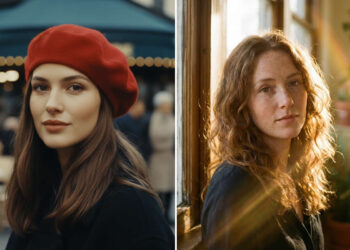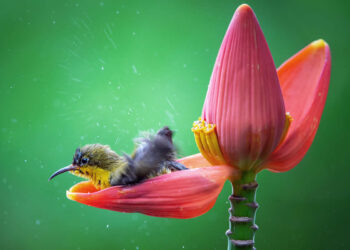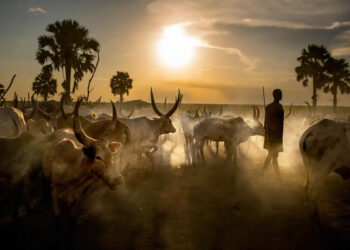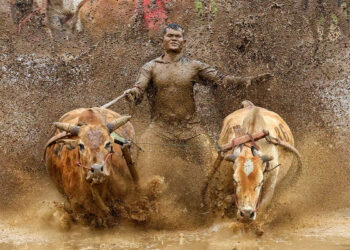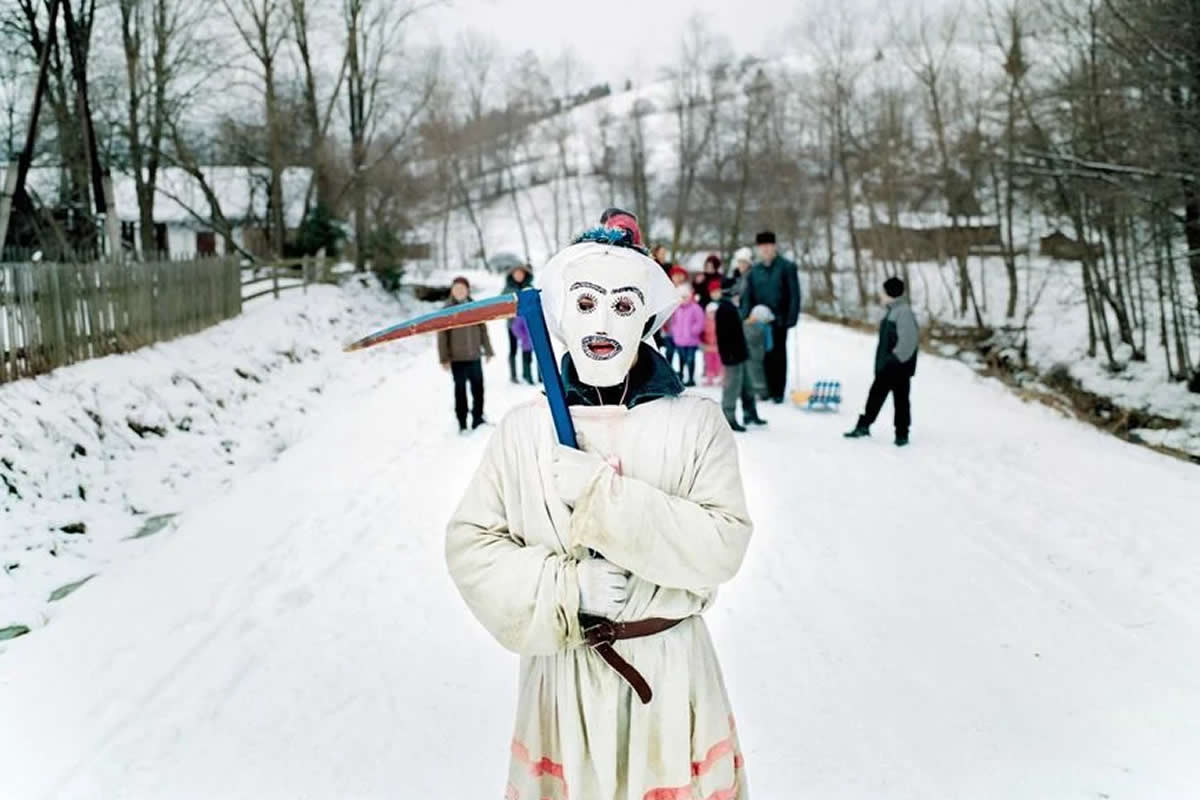Majid Saeedi, a globally recognized Iranian photographer, has carved a distinct path in the world of visual storytelling by capturing poetic and powerful slices of everyday life. His photographs reflect a deep sensitivity toward human emotion, societal nuance, and the quiet dignity of ordinary moments. Whether taken on the streets of Tehran, the markets of Kabul, or the vibrant chaos of India, his images resonate with the intimacy and soul of documentary cinema.
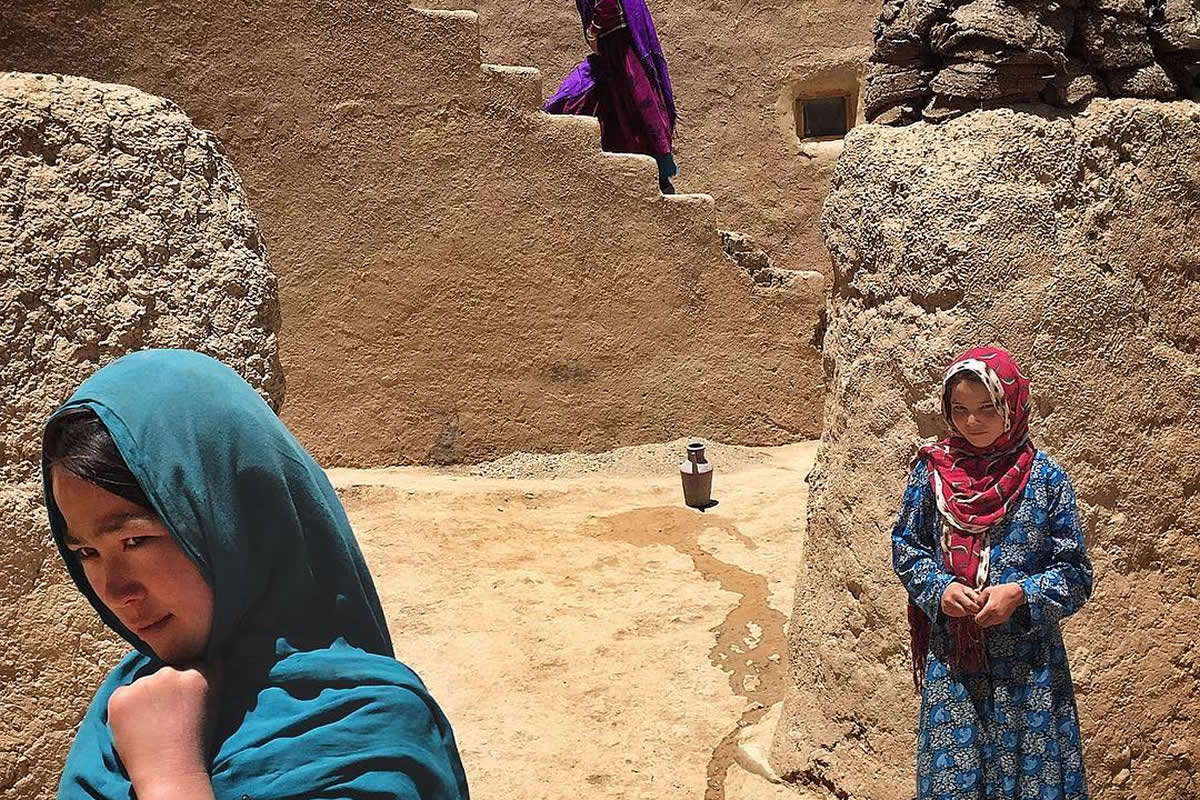
There’s something uniquely cinematic about Saeedi’s style—each frame composed with such precision that it feels like a still from a beautifully crafted Iranian film. His preference for square format, keen use of shadows, and thoughtful framing give his photos a timeless quality. Even more inspiring is his ability to craft these compelling visuals using just a mobile phone, proving that it’s not the gear but the vision that counts.
Through his lens, we encounter the everyday beauty of Iranian people, the resilience of Afghan lives, and the spirited energy of Indian streets. His photographs are not merely records; they are meditations—quiet reflections filled with color, emotion, and story. What sets Saeedi apart is his ability to elevate the ordinary into something spiritual, even poetic.
His works have been exhibited and awarded globally, but they remain rooted in the people and places he photographs. In this collection of 30 images, we experience not just moments frozen in time, but echoes of cultures, hopes, struggles, and the universal pulse of humanity.
Scroll down and inspire yourself. You can check Majid’s Instagram link for more amazing photos.
You can find Majid Saeedi on the web:
#1

#2

#3

Capturing Soulful Moments with a Mobile Phone
Majid Saeedi’s decision to use a mobile phone as his primary tool is as poetic as the moments he captures. Without the imposing barrier of a large camera, he moves freely, immersing himself in scenes that unfold naturally. This unobtrusive approach allows him to blend into his environment, making his photos feel spontaneous yet deeply intimate. His mobile photography is a testament to his belief that connection matters more than equipment. It’s this accessibility that gives his work its warmth and authenticity.
He captures people mid-thought, mid-laugh, mid-life—raw and unrehearsed. These fleeting moments are full of emotion, texture, and nuance, reminding us that beauty lives in the in-between. The square format he often uses adds structure and balance, giving everyday scenes the feeling of visual poetry. With just a phone in hand, he opens a window into lives often unseen, making his work both innovative and profoundly human.
#4

#5

#6

Portraits from the Heart of Iran
Traveling through cities and villages across Iran, Majid Saeedi captures his homeland not with grandeur, but with empathy and grace. His portraits of Iranian people—young and old, urban and rural—reflect the soul of a nation. The way he uses natural light, subtle shadow, and composed framing evokes emotion without words. Whether it’s a woman lost in thought on a Tehran sidewalk or children playing in dusty alleys, his images radiate a quiet power.
The colors are rich but never overdone, and every frame holds a rhythm that feels true to Iranian life. His photos go beyond visual storytelling—they feel like whispered conversations. Through these honest portrayals, Saeedi challenges stereotypes and offers an insider’s view of a diverse and dynamic culture. His portraits don’t just show faces; they reveal stories, moods, and memories, often feeling like scenes from a deeply felt Iranian film.
#7

#8

#9

The Cinematic Language of Light and Shadow
One of the most striking elements in Majid Saeedi’s work is his masterful use of light and shadow. Each image feels like a frame composed with the precision of a cinematographer. Shadows become characters in his photographs—sometimes leading the eye, other times adding mystery or depth. Whether it’s a beam of morning light cutting through a curtain or silhouettes dancing on a wall, the play of light in his images brings emotion to the surface.
His understanding of contrast enhances both the visual and emotional weight of his work. Saeedi uses shadow not to obscure but to suggest, leaving space for interpretation. This approach adds a sense of drama, making his everyday subjects feel profound and timeless. His style pays homage to the visual storytelling of Iranian cinema, where atmosphere and tone carry as much weight as action. His use of light is not just aesthetic—it’s narrative.
#10

#11

#12

Vibrant Stories from the Streets of India
Majid Saeedi’s travels to India reveal another dimension of his photographic storytelling. In bustling markets, narrow alleys, and colorful festivals, he captures the unfiltered energy of Indian street life. His images from India are vibrant, layered, and full of motion. But even amid the sensory overload, he finds moments of stillness—eyes that meet the lens, gestures that speak volumes, faces that tell untold stories.
His framing and color composition are exquisite, capturing both the chaos and the calm. These photographs reflect his ability to adapt his poetic style to a new cultural rhythm while maintaining his distinctive voice. Whether photographing a sari-clad woman at a street corner or children chasing kites through smoky backdrops, his images are infused with respect and curiosity. In India, his lens becomes a bridge between cultures, documenting daily life in a way that feels both foreign and familiar.
#13

#14

#15

Everyday Life in War-Torn Afghanistan
Majid Saeedi’s work in Afghanistan is a powerful tribute to the resilience of its people. Rather than focusing solely on conflict, his lens turns toward daily life—the strength in ordinary routines amidst extraordinary circumstances. He captures schoolchildren, street vendors, families, and quiet moments of joy or reflection. These images are imbued with empathy, showing Afghanistan not as a place of perpetual tragedy, but as a home full of warmth, tradition, and perseverance.
His square format compositions give structure to a world often portrayed as chaotic. Every photo balances fragility with strength, tension with grace. By documenting the human side of Afghanistan, Saeedi breaks through headlines and stereotypes, presenting individuals rather than abstractions. His work reminds viewers that even in the most difficult places, life continues with dignity and courage. It is this humanity that lingers long after viewing his photographs.
#16

#17

#18

Square Format: A Frame Within a Frame
Majid Saeedi’s preference for the square format is more than a stylistic choice—it is a storytelling tool. This perfectly balanced frame allows him to emphasize composition, symmetry, and visual tension with incredible precision. The square crop focuses the viewer’s attention, often making the simplest moments feel monumental. It evokes the feeling of looking into a window—framed, intimate, and immediate.
The format also echoes the aesthetics of classic photo albums and vintage cinema, further enhancing the timelessness of his work. Saeedi uses this constraint to his advantage, crafting images that feel complete and cohesive. From street portraits to quiet interiors, every element within the square is considered and intentional. The balance he achieves between subject, space, and shadow is a hallmark of his visual poetry. In a world dominated by wide and vertical formats, his choice to keep it square sets his work apart with elegance and clarity.
#19

#20

#21

The Colors That Speak Without Words
Color plays a vital role in Majid Saeedi’s photography. Whether muted earth tones or bursts of vibrant hues, his color choices are never arbitrary—they carry mood, atmosphere, and meaning. In Iranian alleys washed in warm dusk, in Indian streets exploding with reds and yellows, or in Afghan villages dressed in sand and sky, his palette is always thoughtful.
Saeedi treats color like a storyteller—guiding emotion, defining space, and amplifying the moment. Even his most colorful frames maintain a cinematic subtlety. They avoid oversaturation, instead leaning into authenticity and depth. His mastery of color makes each photograph a sensory experience. It invites the viewer to not just see, but to feel the world he captures. This use of color, paired with thoughtful composition, elevates his photos from documentary records to visual poetry—where every hue holds memory, emotion, and resonance.
#22

#23

#24

A Globally Recognized, Yet Grounded Talent
Despite his global recognition and numerous accolades, Majid Saeedi remains grounded in his mission: to tell authentic, human stories. He has exhibited in international galleries, won prestigious awards, and contributed to leading publications, yet his focus remains deeply local and personal. He photographs not for fame, but for connection. His humility and humanity shine through his images, allowing viewers to see not just his subjects, but also his respect for them.
He does not romanticize hardship, nor does he exploit beauty—he documents life with a rare sincerity. His ability to travel between countries and cultures while maintaining a consistent emotional core makes his work both universal and deeply rooted. Saeedi’s photography is a bridge—between people, nations, and experiences. In a world full of noise, his quiet lens speaks volumes. His journey is an inspiration to emerging photographers who wish to make art that matters.
#25

#26

#27

Conclusion
Majid Saeedi’s photography transcends borders, tools, and traditions. Through his poetic eye and powerful voice, he brings to light the dignity of everyday life—whether in the heart of Iran, the streets of India, or the alleyways of Afghanistan. His ability to craft deeply emotional narratives using a mobile phone reminds us that the essence of photography lies in vision and empathy, not in gear.
His use of square frames, his mastery of light, shadow, and color, and his respectful portrayal of people all contribute to a body of work that is timeless and universally relatable. Each of these 30 photographs is more than an image—it’s a story, a feeling, a moment that breathes. Like scenes from an unforgettable film, they linger in the heart long after viewing. Majid Saeedi doesn’t just document life—he celebrates it with grace, honesty, and unwavering humanity.
#28

#29

#30



